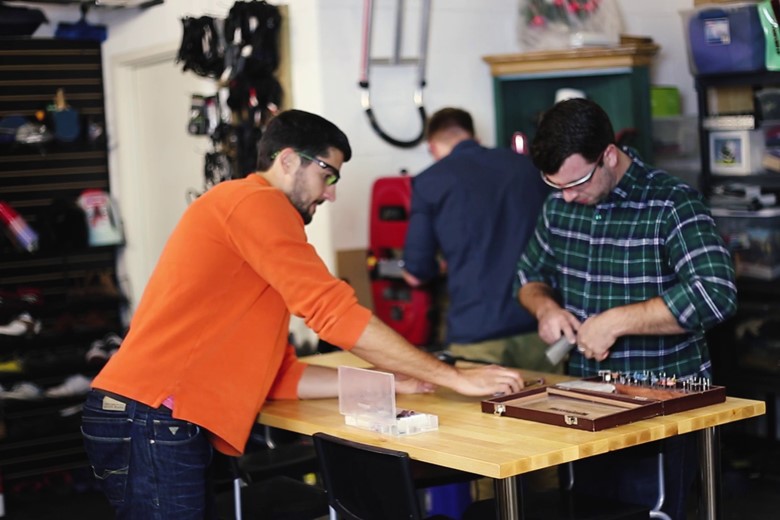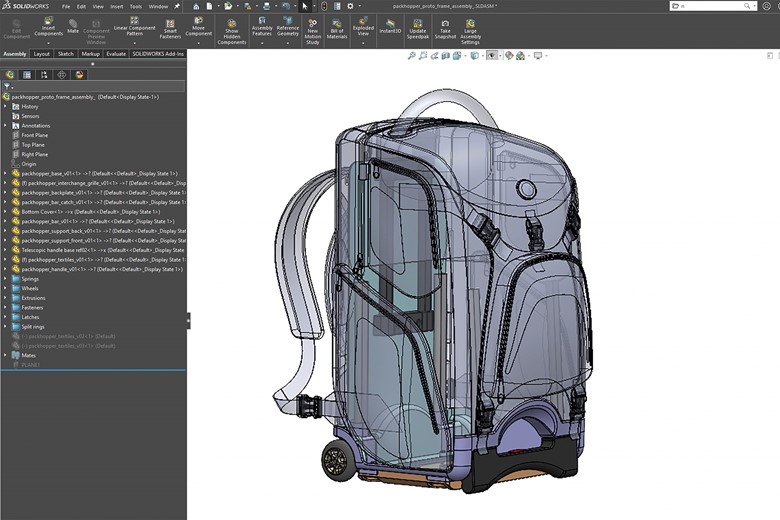Looks like things are getting a little more intimate between Forbes and Kevin. World-class product development expertise and one of the most coveted business magazines in the world are back together again – almost sounds like a power couple in the making, am I right? Yep, our CEO is partnering with Forbes once again.
In the first article, Kevin shared some of his proven employee appreciation strategies to build a strong and connected team. The second article was about personal branding, an area in which Kevin absolutely excels. This time he’s providing advice on prototyping to inventors in Miami. In the article, he offers an overview of the five key stages of prototyping to help you ensure your product will be market-ready.
“What do you mean by stages of prototyping?” you ask. It sounds expensive to build multiple iterations of your product, right? And in your mind, you don’t need prototyping help because you’re so sure your amazing idea is going to work. So what’s the point of doing more than one prototype?
Let’s go back to basics.

Prototyping
Prototyping isn’t just for you to see how what the product looks like in a near-final form. It’s really for your target customers. You’ll want to get valuable feedback from them before you start selling. For inventors, prototyping is a process to help inventors find improvement opportunities to build a more streamlined, simpler, better-quality version of the product. As West Stringfellow recently mentioned on Kevin’s podcast, The Product Startup Podcast, all the research in the world won’t tell you what the customer truly wants.
Inventors can help themselves by putting their prototypes in the hands of their customers and simply talking to them about what they like or don’t like. See if they’re using it the way you intended or if they’re neglecting key features of your product. Find out if it’s easy to use or if they just end up spinning the product in their hand with furrowed eyebrows as they determinedly attempt to identify its purpose.
Build the prototype! Measure the results from your customers. Learn how you can make your product better. Then, repeat until you think you’re ready.
Now that I think you’re ready for Kevin’s five stages of prototyping, here it is. What separates a good product from a potential failure? This compiled list serves as unparalleled prototyping help for inventors in Miami and all other product development hubs in the US.

Five Prototype Methods for Developing an Invention Idea as a Startup
- Home-Built Prototype: Picture Tony Stark’s first Iron Man suit in that cave, minus the flamethrower and the like. Hacked together with parts from your local hardware store, it’s how invention makers can start to realize how their products might function and look in the real world.
- Early Prototype: Stay on this stage too long and it might be one step forward, two steps back. Early prototypes are made with a very basic 3D CAD file developed by non-professionals or newcomers to CAD software. Because CAD is a standard in our industry, it might feel like it’s helping inventors because it seems like they’re getting the illusion of results with roughly designed CAD. However, these kinds of prototypes made in this stage by non-professionals are not well-made or complete enough to be for engineering or marketing.
- Rough Professional Prototype: As the name suggests, at this stage, you’ll have a professionally made CAD that’s suitable for 3D printing. Here, you’re testing functionality above all else.
- Cosmetic Prototype: Again, the name gives away the purpose of this stage. This stage helps ensure your product looks as good as it functions. It is a non-functional prototype, but it is great to use for the purposes of marketing or crowdfunding your product.
- Professional-Grade Final Prototype: It’s got the aesthetics; it’s got the functionality. And for that reason, this is the prototype you’ll want to test extensively.
Kevin goes through each type of prototype in great detail in his Forbes article. Check it out to elevate your understanding of the integral prototyping phases.
About: MAKO Design + Invent is the original firm providing world-class consumer product development services tailored to startups, small manufacturers, and inventors. Simply put, we are the leading one-stop-shop for developing your physical product from idea to store shelves, all in a high-quality, cost-effective, and timely manner. We operate as one powerhouse 30-person product design team spread across 4 offices to serve you (Austin, Miami, San Francisco, & Toronto). We have full-stack in-house industrial design, mechanical engineering, electrical engineering, patent referral, prototyping, and manufacturing services. To assist our startup and inventor clients, in addition to above, we help with business strategy, product strategy, marketing, and sales/distribution for all consumer product categories. Also, our founder Kevin Mako hosts The Product Startup Podcast, the industry's leading hardware podcast. Check it out for tips, interviews, and best practices for hardware startups, inventors, and product developers. Click HERE to learn more about MAKO Design + Invent!







